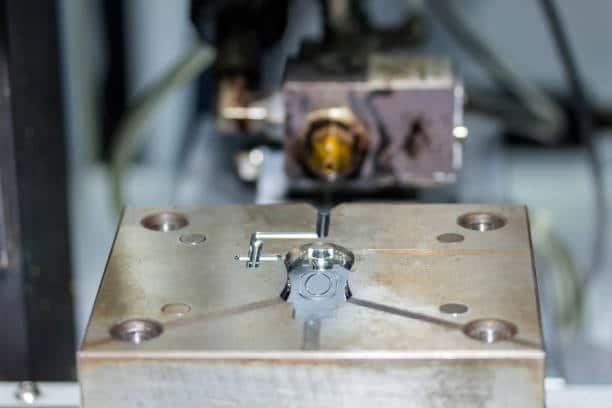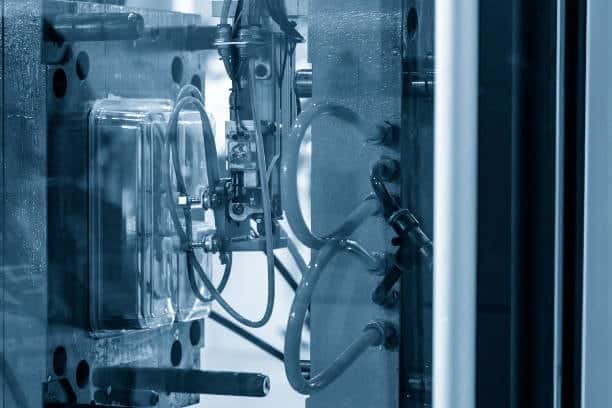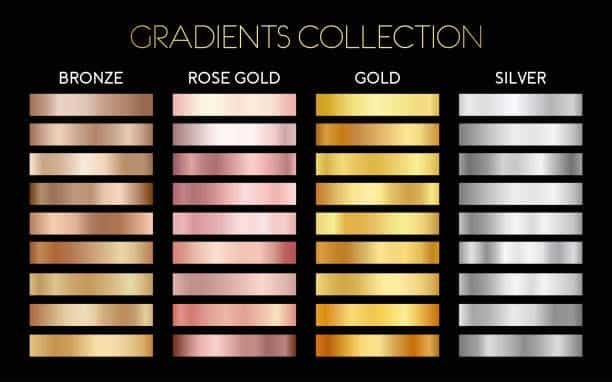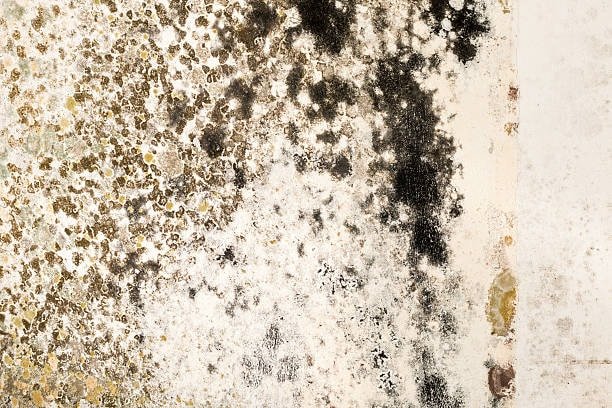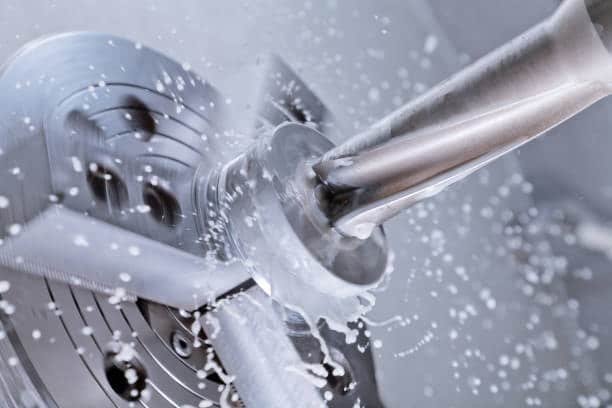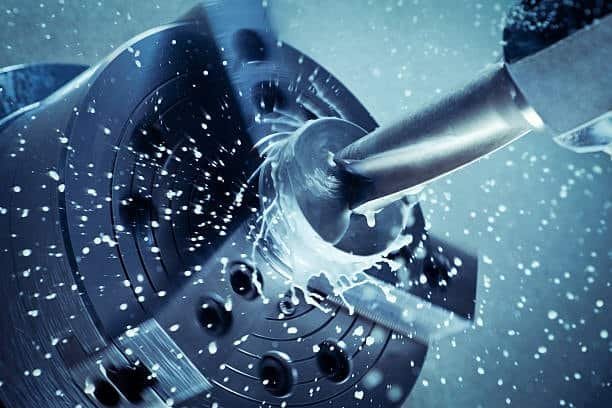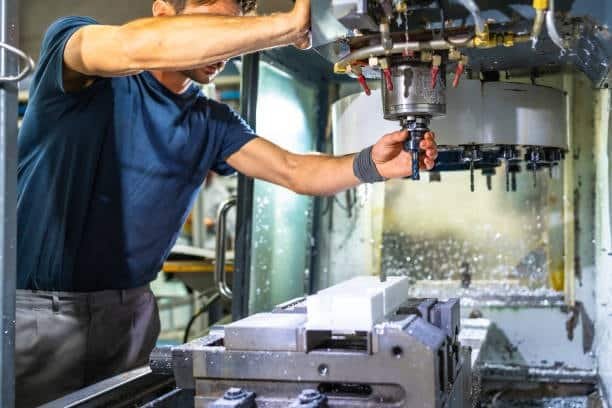Revolutionizing Plastic Production: The Essential Guide to Injection Mold Hot Runner Systems
Hot runner systems of injection molding molds keep molten plastic flows from their connection to the injection unit right up to the final mold cavities to replace less effective traditional cold runner methods. The complex heated assemblies of manifolds and nozzles with control systems bring many benefits such as using less material, speeding up production, making better parts, and making plant operations easier.
Hot runner technology fits different applications in automotive production alongside medical, packaging and consumer items through its range of configurations spanning basic thermal gate units to advanced valve gate arrays. Although they cost more than basic cold runner molds at first these hot runner systems produce noticeable benefits like reduced material waste plus increased speed and quality.
The growth of efficient sustainable manufacturing now depends heavily on new developments in hot runner technology hot tip. The latest technology for making materials in the plastic injection molding process plus improved machine management helps boost production power and makes operations more eco-friendly. Manufacturers in the plastics industry who want better results in tough market conditions should invest in hot runner equipment because it gives them essential benefits at all stages of product creation.

